Restaurants and catering companies usually employ more than one cook, each with different experience and skills, so the same dish could taste differently depending on who prepared it. Catering recipes are used in this case to avoid such issues. Read our article and find out more about catering recipes.

Restaurants and catering companies usually employ more than one cook, each with different experience and skills, so the same dish could taste differently depending on who prepared it. Catering recipes are used in this case to avoid such issues. Read our article and find out more about catering recipes.
What is a catering recipe?
A catering recipe can be a very detailed recipe for a given dish. However, such recipes leave no room for making your own changes, and every cook and member of kitchen staff should follow the guidelines contained in the recipe. The only exceptions could be minor modifications depending on the quality of the products, e.g. the need to add more water or flour to the dough.
The aim of catering recipes is to ensure repeatability of each served dish. As a result, restaurants are able to offer exactly the same dish every time, so their guests know exactly what to expect. Such recipes also make it easier to train new team members. In addition, they prevent food overproduction or using too little of the key ingredients, both of which can significantly reduce the income of a restaurant. Such clear and specific guidelines also make it possible to determine the exact demand for specific ingredients, as well as the food cost.
What should a catering recipe include?
In order for a catering recipe to be fulfil its role, it should be prepared in great detail, containing all the necessary information about a given dish. This means:
- the name of the dish,
- the number of servings,
- the weight/volume of 1 serving,
- the amount of time to prepare the ingredients,
- the total dish preparation time,
- the ingredients,
- the exact amount of ingredients given in pieces or units of weight/volume,
- the necessary tools and equipment,
- straightforward and clear cooking instructions,
Many restaurants also include additional information in their recipes, such as how to arrange a given dish on the plate, conditions for storing and reheating ingredients, information about substitute ingredients, the unit price of ingredients, or even a photo of the final appearance of the dish as a reference for new team members.
An example of a catering recipe
Catering recipes are usually presented as a table with the most important information. An example can be found below:
| Catering recipe | |||
| Name | Spaghetti bolognese | ||
| Number of portions | 4 | ||
| Serving Size | 400 g | ||
| Ingredients preparation time | 20 minutes | ||
| Cooking time | 2 hours 30 min | ||
| Ingredients | |||
| Ingredients | Quantity | Unit | Description |
| Beef and pork minced meat | 500 | g | |
| Carrots | 80 | g | Peeled and diced |
| Celeriac | 150 | g | Peeled and diced |
| Parsley | 80 | g | Peeled and diced |
| Celery | 100 | g | Diced |
| Onions | 100 | g | Peeled and diced |
| Garlic | 20 | g | Peeled and chopped |
| Tomato purée | 600 | ml | |
| Pink tomatoes | 300 | g | Scalded, peeled and diced |
| Beef broth | 150 | ml | |
| Whipping cream | 200 | ml | |
| Olive oil | 80 | ml | |
| Spaghetti | 500 | g | |
| Water | 500 | ml | |
| Salt | 35 | g | For the pasta water |
| Fresh basil | 20 | g | Chopped |
| Parsley leaves | 20 | g | Chopped |
| Butter | 80 | g | |
| Salt, pepper, sugar, balsamic vinegar | To taste | ||
Preparation method / technological description:
- Heat 10 ml of olive oil in a pot. Add the carrots, celeriac, celery, parsley and onions. Fry until slightly brown.
- Add a tablespoon of tomato puree to the vegetables. Stir to avoid the ingredients from burning. After 10 minutes, pour the broth into the pot. After the broth has evaporated, add the tomato puree, tomatoes, garlic and season with salt and pepper. Reduce the heat, leave for 2 hours, stirring occasionally.
- After this time, add 2-3 basil leaves and grind the vegetables with a blender. Then rub them through a sieve. Add a little balsamic vinegar and sugar.
- Heat 10 ml of olive oil in a frying pan. Toss in the minced meat and break it down using a spatula. Fry until all the water has evaporated.
- Add a tablespoon of tomato puree to the meat. Fry for 5 minutes. Add the whipping cream and leave for 30 minutes, stirring occasionally.
- Boil the water in a pot and add the salt. When it starts to boil, add the pasta. Cook for 8 minutes, then drain.
- To prepare 1 portion: heat 10 ml of olive oil in a separate frying pan, add 120 g of fried meat, 150 ml of sauce, 20 g of butter and 120 g of pasta. After 3 minutes, add a pinch of parsley and basil. Serve on a plate decorated with fresh basil leaves.
The form of the catering recipe may vary depending on the kitchen. It could be printed on paper and stored in binders or in electronic format on a computer or mobile device.
Scaling of catering recipes
As you probably noticed, the weight/amount of each ingredient in catering recipes is provided for a specific number of servings. But what if you need to prepare more than the amount in the recipe? Scaling will then be necessary.
This is nothing more than calculating what amount of ingredients you need to prepare a specific number of dishes. The chef or restaurant manager will usually try to predict how many orders will be served a given day, using a conversion factor calculated based on this, and divide the expected number by the number of servings in the catering recipe. If you plan to prepare more food, then you should multiply the values in the recipe by the conversion factor. In the case of lower demand, the opposite is carried out, i.e. the values are divided by the conversion factor.
Scaling a catering recipe allows to some extent to avoid delays in the kitchen and a long waiting time when serving meals. It also helps you reduce the amount of leftovers from cooking too many portions.
Recipes and standardisation in catering
Standardisation in the workplace is when a company introduces guidelines in specific areas, e.g. production, in order to standardise the entire process. The same goes for the provision of services. Concepts, terms, symbols and units of measurement are also subject to standardisation.
This helps ensure that the finished products have the same features and quality every time, and also keep everything in order and implement safe solutions to protect the lives of not only employees, but also customers. Such standards are also intended to increase savings in the use of energy and raw materials.
How does this relate to catering recipes? It is safe to say that the use of recipes in catering is an example of work standardisation. Cooks and other kitchen staff follow specific guidelines when preparing dishes. They perform specific tasks using chosen equipment in a given way, so that work in the kitchen is properly organised.
Top-quality catering equipment
As we already mentioned, a catering recipe very often includes a list of the equipment necessary to prepare a given dish. High quality catering equipment is therefore important. So what will you need in a commercial kitchen?
Stainless steel furniture is a must. This includes work tables with lifted edges, cupboards with sliding doors and wall shelves. But why specifically stainless steel? It is distinguished by resistance to mechanical damage, high temperatures and moisture. It does not corrode and is safe for your health, because it does not react with food, making it ideal for use in commercial kitchens.
Cooling equipment will be needed for storing food, including refrigerators and freezers. On the other hand, you will also need ovens, induction or electric hobs, grills and other cooking equipment, as well as some pots and pans. In catering you will need pots with a large capacity, ideally as much as 113 litres.
-
Fridge with Two Stainless Steel Doors – 1168 L
-
Fridge – 590 L 1,229.00 GBP
-
Electric Griddle – 72.5 cm – smooth – 2 x 2.2 kW
-
Induction Pot 106 L
139.00 GBP129.00 GBP
The need for specific kitchen appliances will vary depending on the profile of the restaurant. You will not need a professional hand blender in every case, for example if you do not prepare large amounts of cream soup. It is also worth considering which meat grinder you will need, as well as other equipment. On the other hand, more traditional restaurants might need sausage stuffers and smokehouses for the production of cold meats.
If you plan to open a restaurant make sure you choose the right equipment. After all, you should prepare well for such investments.
Catering recipes – summary
Creating good catering recipes is extremely important for a restaurant to function properly. Without them it will be difficult to keep everything in order in the kitchen, and every team member would cook according to their own preferences. Therefore, it is worth taking the time to prepare detailed catering recipes for each dish you have on the menu.
Do you want to learn more about working in catering? Read our other articles and find out, among others, how to correctly set a table.

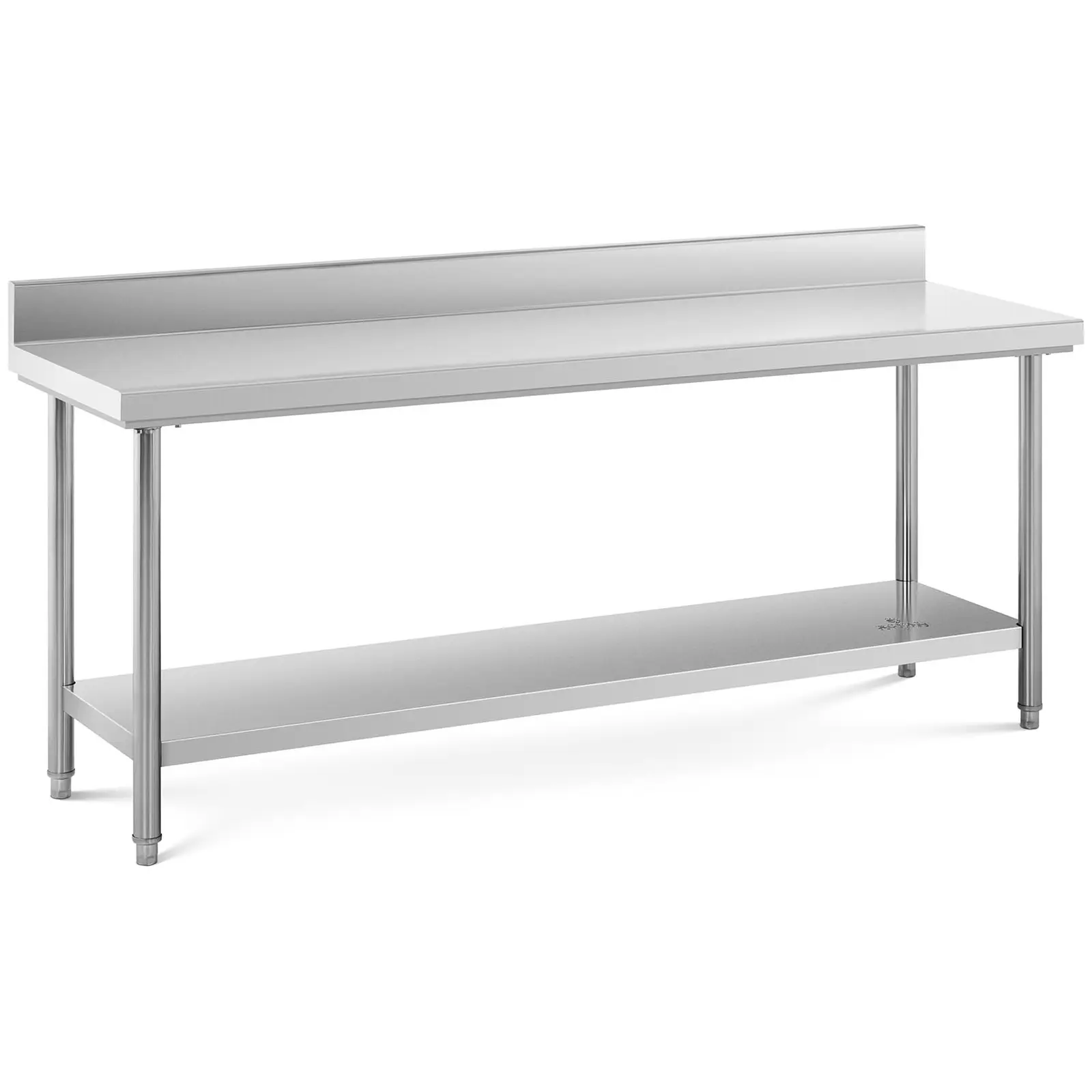
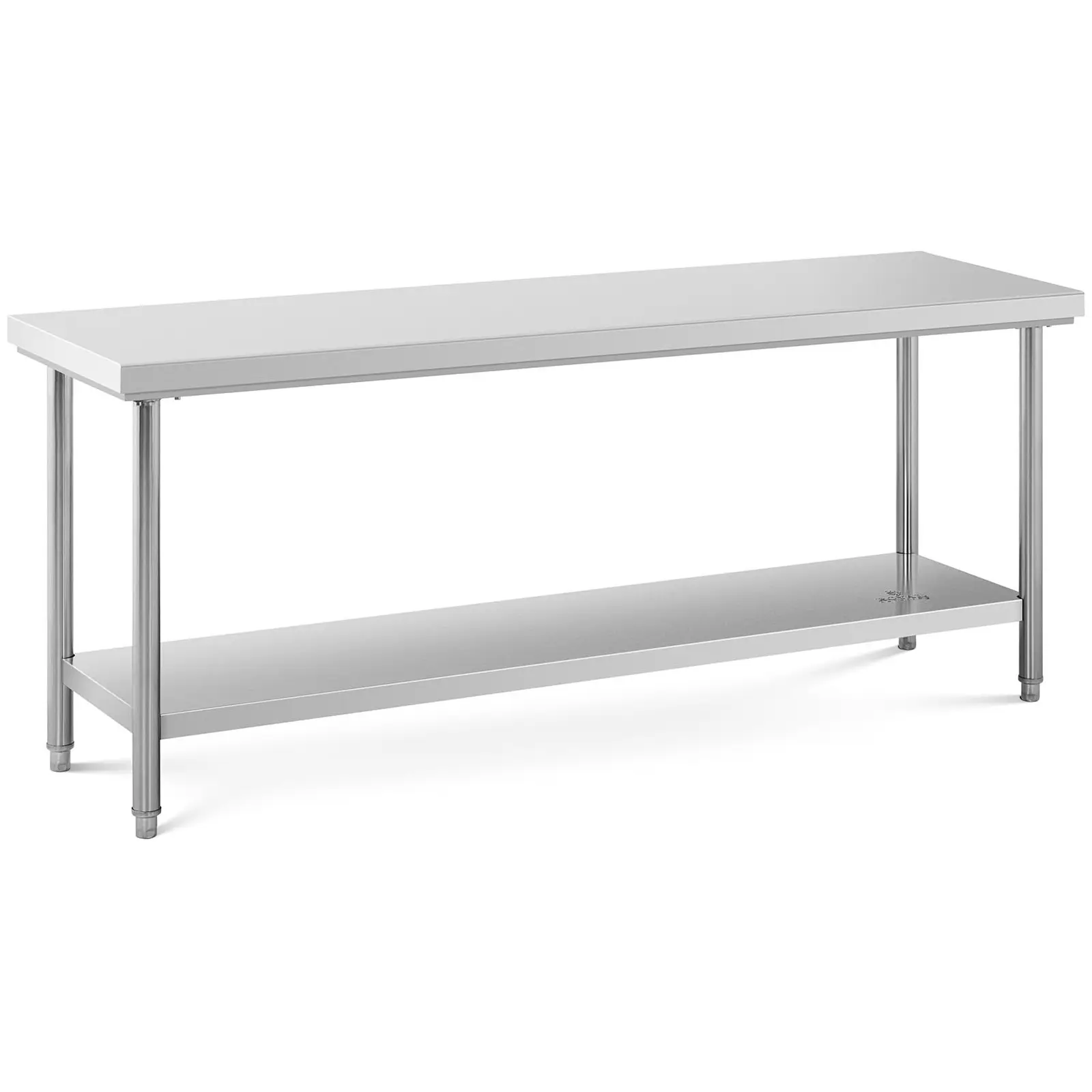
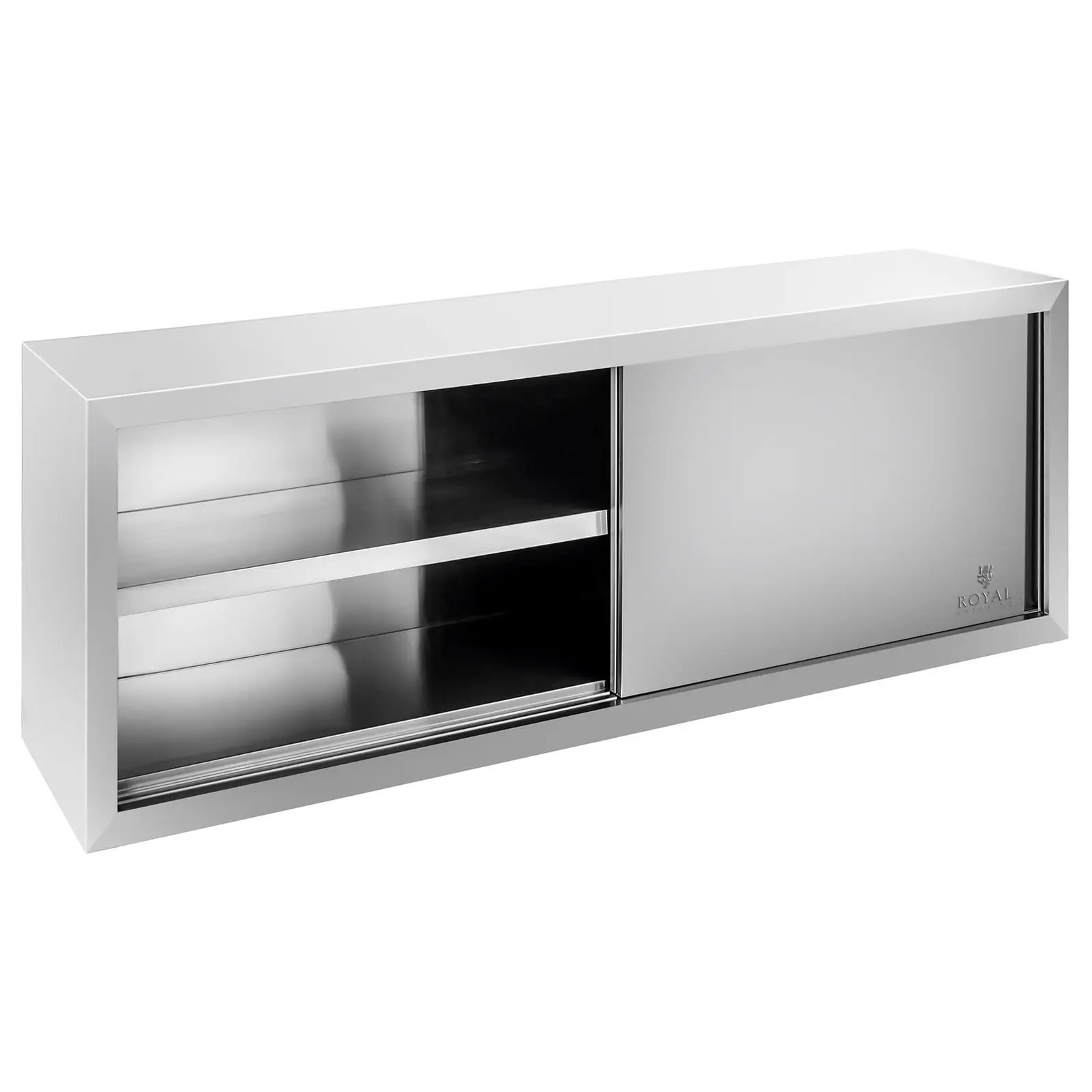


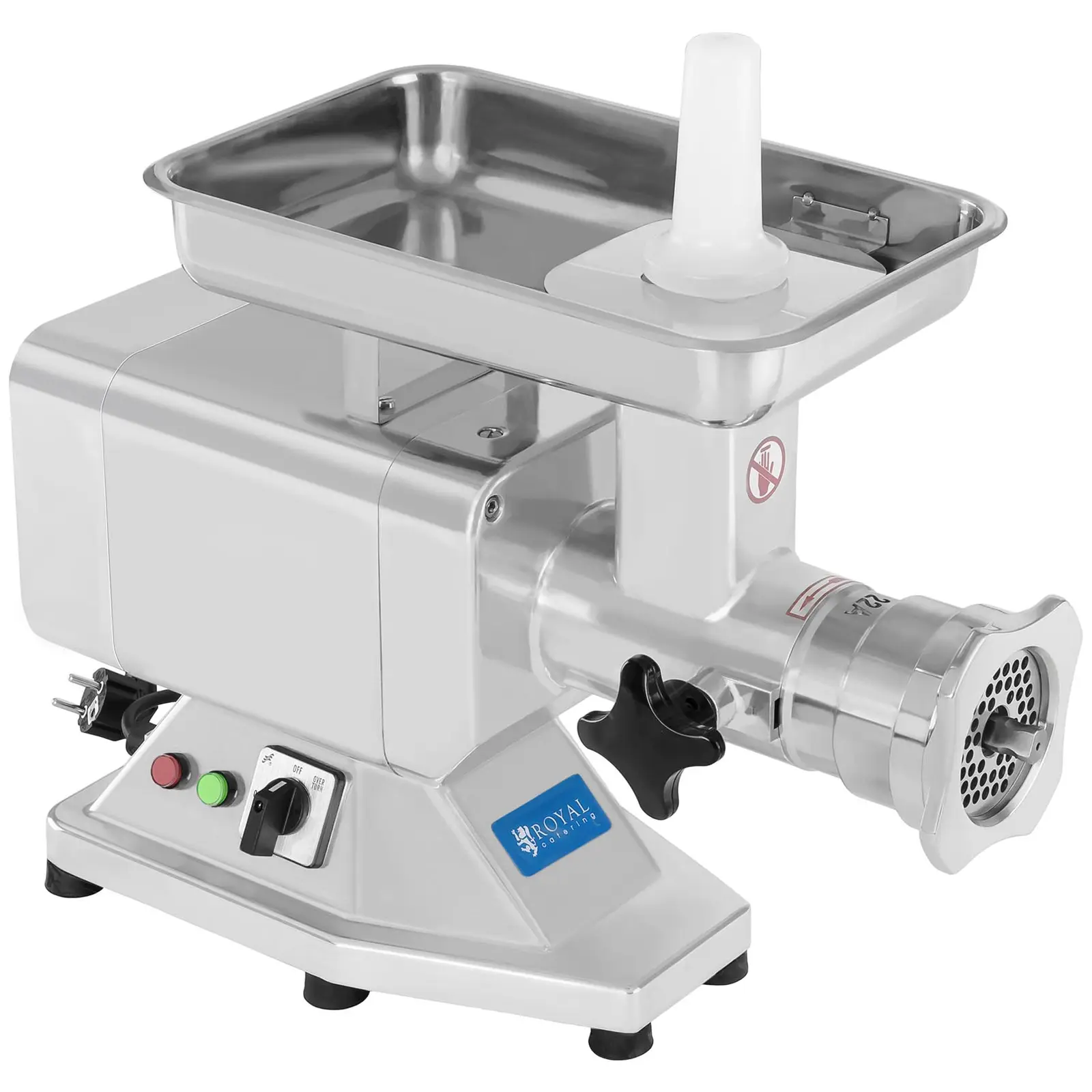


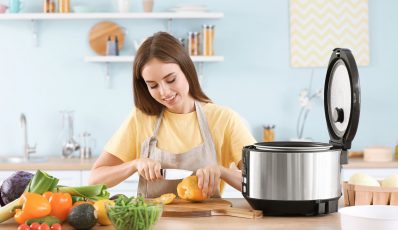
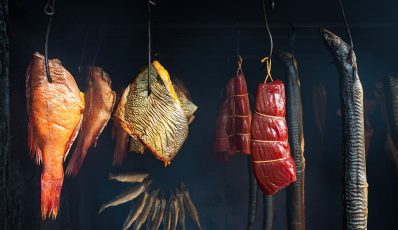
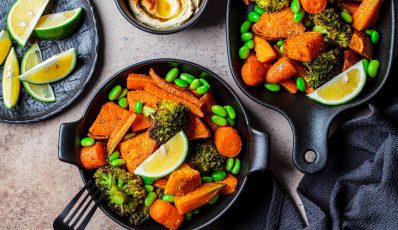


Share